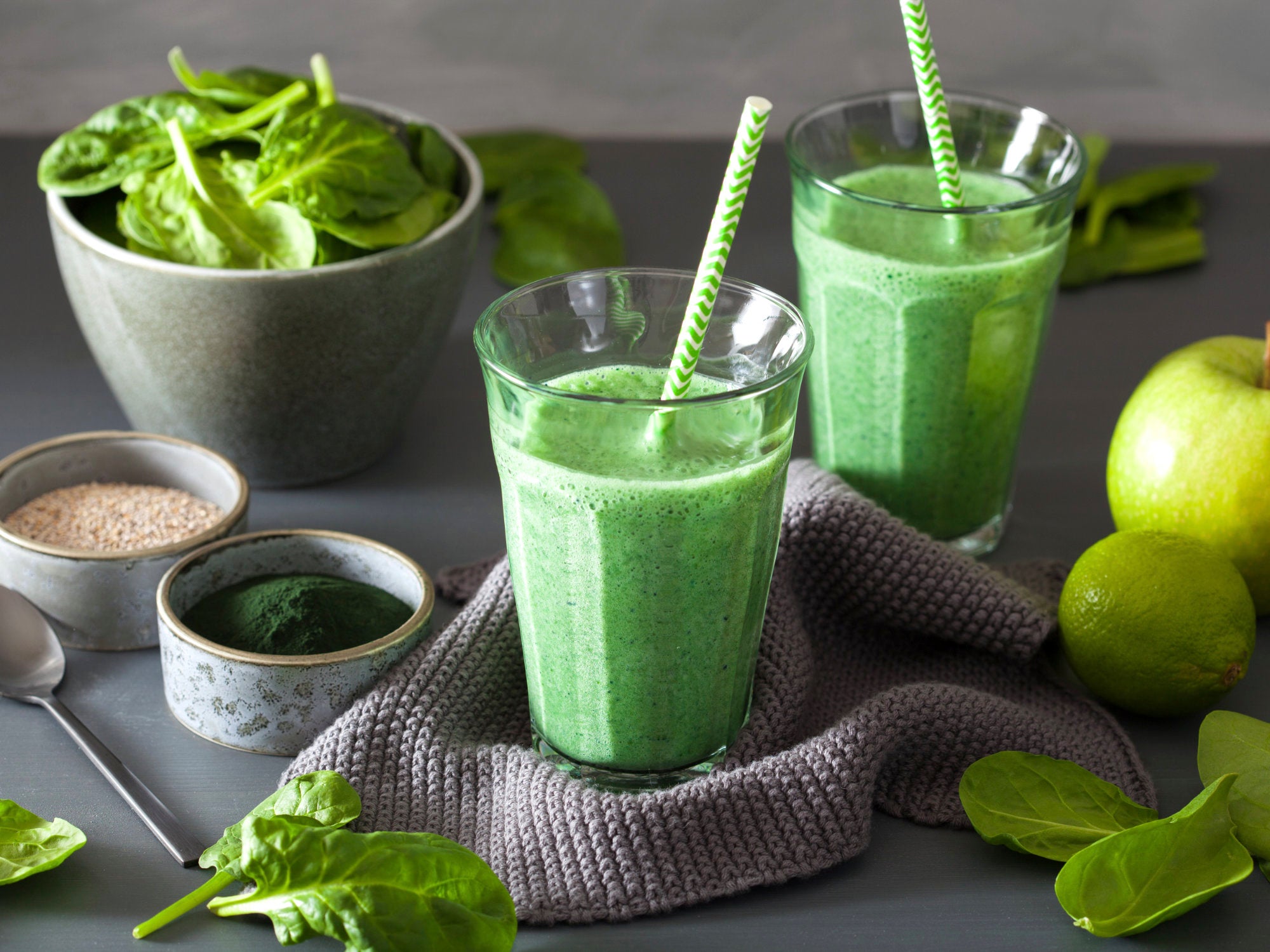Your basket is empty
Already have an account? Log in to check out faster.
Already have an account? Log in to check out faster.

There is a growing interest in nutrition and the importance of consuming nutrient-rich foods that can provide health benefits, just like Superfoods.
There is no precise definition of Superfood; it is a commercial term coined to identify foods with significant nutritional characteristics and mainly serves marketing purposes.
However, it is increasingly evident how a healthy and balanced diet can positively impact the health of the body.
So, why not incorporate "superfoods" rich in nutrients into your diet to contribute to the normal functioning of the body? Let’s explore in detail what they are and which foods fall under this category.
Although there is no scientific definition, many have tried to give meaning to this term.
Often associated with functional foods or nutraceuticals (a combination of nutrition and pharmaceuticals), superfoods are understood to be plant-based foods with significant nutritional characteristics and minimally processed, preferably raw and organic.
They can be divided into various categories:
Superfruit: fruits.
Supergrain: grains and cereals.
Superfood: foods that do not fit into the previous categories.
The growing interest in these types of foods stems from the fact that conventional foods seem increasingly nutrient-poor.
For this reason, superfoods can help to compensate for these deficiencies.
They are believed to provide essential nutrients and positively influence the physiological functions of our body, to maintain and improve health and, in some cases, even prevent the onset of certain diseases.
The high nutritional properties are the main characteristic of superfoods, particularly the presence of micronutrients, such as vitamins, minerals, and especially antioxidants.
Antioxidants are molecules that help reduce the amount of harmful free radicals in the body.
Therefore, a food with antioxidant properties could help prevent the onset of certain oxidative stress-related diseases.
In 1991, the National Institute on Aging and the United States Department of Agriculture (USDA) developed a tool to measure the antioxidant power of foods, called ORAC (Oxygen Radical Absorbance Capacity).
Regarding nutrient content, it is essential to refer to the nutritional declaration of the food. Based on the amount of micronutrients, such as vitamins and minerals present, that food can boast certain specific characteristics.
So, in conclusion, it is not the food itself that is "super," but what is present inside that makes it so.
The EFSA (European Food Safety Authority) is the body responsible for ensuring that claims on food labeling and advertising regarding nutrition and health are meaningful and accurate, helping consumers make informed choices.
For this reason, Regulation (EC) No. 1924/2006 was established, containing all the rules on nutritional and health claims.
The objective of these rules is to ensure that any indication on the labeling, presentation, or advertising of a food in the European Union is clear, accurate, and based on scientific evidence.
Since there is no specific definition of the term, there is also no precise list of these foods.
Let’s look in detail at some foods that, due to their intrinsic characteristics, can be considered superfoods:
Vegetables such as broccoli, kale, and spinach.
Fruits with high antioxidant power such as blueberries, pomegranate, açaí berries, and goji berries.
Cocoa, rich in flavonoids.
Tubers such as beets or maca, which produces a powder with tonic-adaptogenic action and supposed aphrodisiac properties.
Spirulina or moringa algae, with a high micronutrient content.
Green tea, such as Matcha, Gyokuro, or Sencha, which contains a large amount of catechins.
Coconut, especially coconut water or oil derived from its pulp.
Bee products, especially Manuka honey with significant antimicrobial action.
Seeds like chia or hemp seeds.
Roots like ginger and turmeric.
Wheatgrass or barley grass.
Grains like oats or quinoa, which contain important minerals and a good protein content.
This list is constantly being updated and can include new foods in relation to their nutrient content.
Superfoods should not be seen as "miraculous" foods or a cure-all but rather as a valuable aid to integrate precious nutrients into your diet, which should always be associated with a healthy lifestyle and regular physical activity.
There are different types of dietary regimes, such as the Mediterranean diet, plant-based diet, or vegan diet. But the solution for a healthy diet is almost always the same: plenty of vegetables and fruits, a varied diet, moderate quantities, and why not, even the superfood you like the most!
0 comments